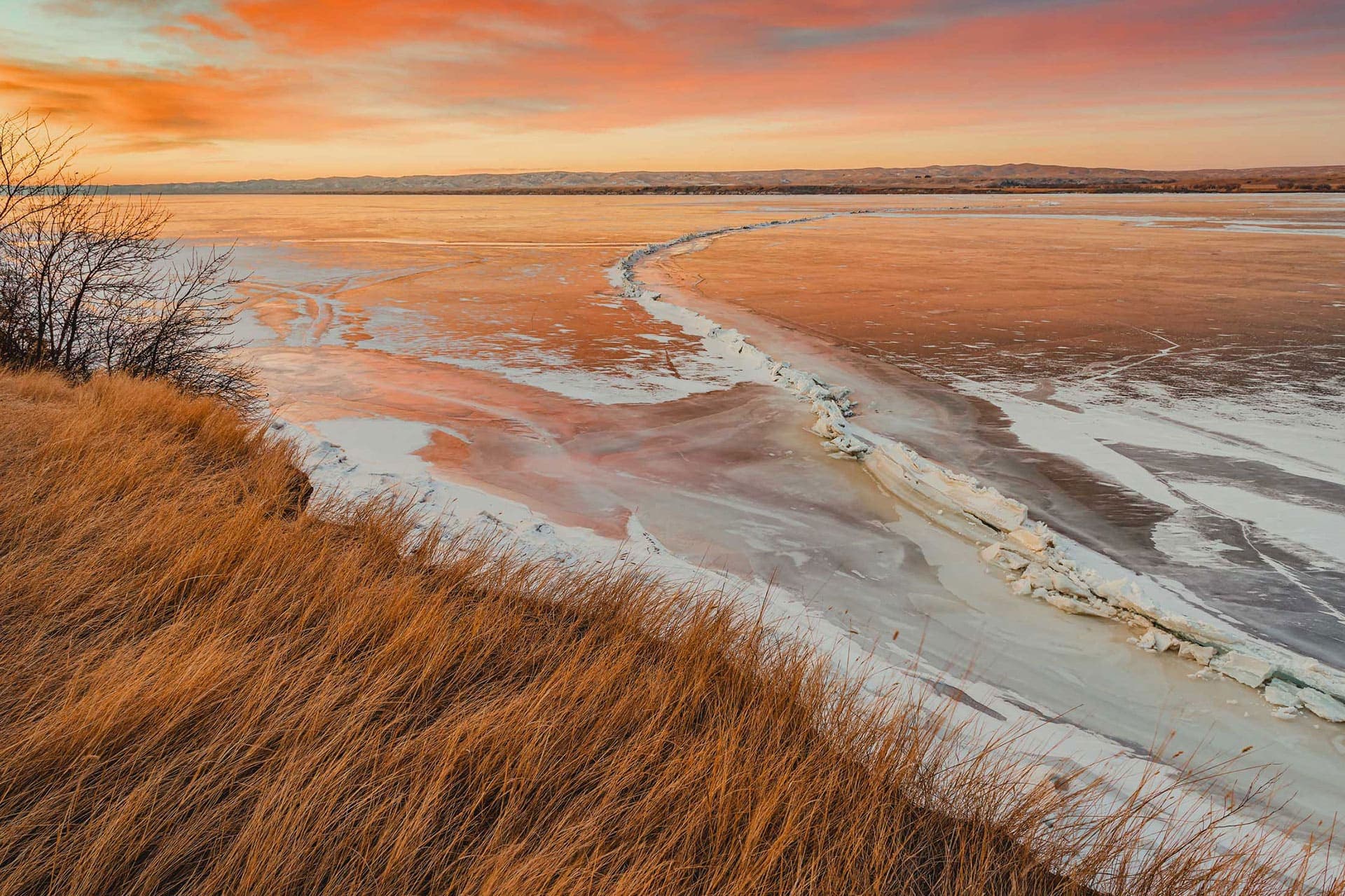In the late 1940s, the Missouri River was dammed to create the Oahe, Sharpe, Francis Case, and Lewis and Clark reservoirs. Today, these vast waterways define South Dakota’s Missouri River region and provide more than 440 miles of prime water recreation — from boating and sailing to fishing, kayaking and paddleboarding. Surrounding it all? Some of the best pheasant hunting grounds in the nation.
The central region isn’t just about outdoor adventure — it’s steeped in history. Walk in the footsteps of Lewis and Clark along their legendary trail, or immerse yourself in Indigenous heritage at the Dignity: Of Earth & Sky statue in Chamberlain and all along the Native American National & State Scenic Byway. History lovers can also explore the South Dakota State Capitol, South Dakota Hall of Fame and Casey Tibbs South Dakota Rodeo Center to learn about some of the state’s most influential figures.
